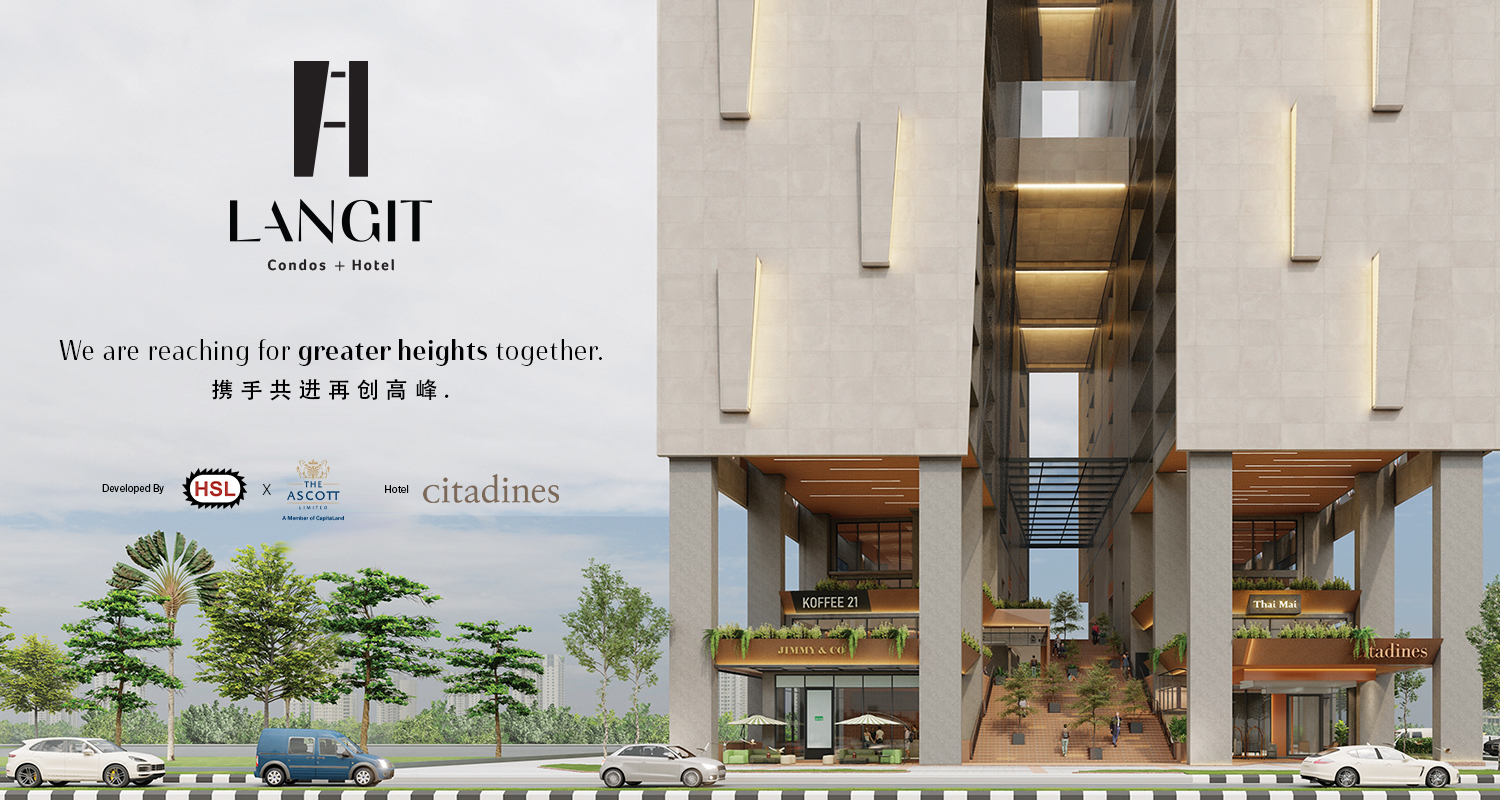
KUCHING, Nov 19: Sarawak Heritage Society (SHS) has appealed to all stakeholders to come together and explore how the historic old railway track sites can be meaningfully and sensitively repurposed, in line with a statewide heritage assessment and management plan.
SHS president Dato Sri Robert Jacob Ridu emphasised that the fascinating story of Sarawak’s first romance with railways should be remembered and shared with locals as well as visitors to the state.
“Our heritage represents the ‘Soul of Sarawak’ and its diverse people. We need to treasure our heritage,” he said, in a press release today.
He highlighted this following the re-discovery of tracks from the old railway line, which used to serve Kuching in the early part of the 20th Century, during the current Kuching city drainage works around Jalan Masjid, Jalan Market and Jalan Lebuh Jawa.

The unearthing of the old railway tracks, he added, was not really a surprise as many were aware that the remnants of the tracks were still in place.
But of greater significance, he pointed out, should be the old Kuching Railway Terminus building and Maintenance Depot, which today lie largely unused and dilapidated in Jalan Masjid, across from the Brooke Dockyard.
“This ‘re-discovery’ acts as a reminder that the area is an important heritage area, charged with history,” he said.

On the history, SHS shared that the Second Rajah Sir Charles Brooke was so fascinated with railways that he set up the Sarawak Government Railway line, which officially opened on April 9, 1916.
The first phase of the railway track was completed in early 1915, and it connected the Kuching Railway Terminus to 3rd Mile Bazaar. It crossed Green Road and went along the road once called Jalan Keretapi (now part of Jalan Tun Ahmad Zaidi Adruce).
By the end of 1915, it had been extended to 7th Mile Bazaar (now Kota Sentosa) and by mid-1916, it had been further extended to the 10th Mile Bazaar (now Kota Padawan).
It took 35 minutes to travel from Kuching to 10th Mile, and the train made five trips daily.
There were three steam engines, named ‘Bulan’, ‘Bintang’ and ‘Jean’, powered by coal from the Sadong colliery.
The rail service carried passengers, goods and livestock. The passenger fare was 20 cents from Kuching Central to 10th Mile Bazaar.

The Sarawak Government Railway line played a short but significant role in Sarawak’s early history.
When the road to the 7th Mile was completed, bus services began to operate and over time, public usage of the railway line dwindled.
By January 1931, it ceased full-fledged service.
During the Japanese Occupation (1941-45), the railway was used on and off for the transportation of stones from the 7th Mile quarries as well as carriage of passengers and Prisoners of War (POWs) compelled to work in the quarries. — DayakDaily








